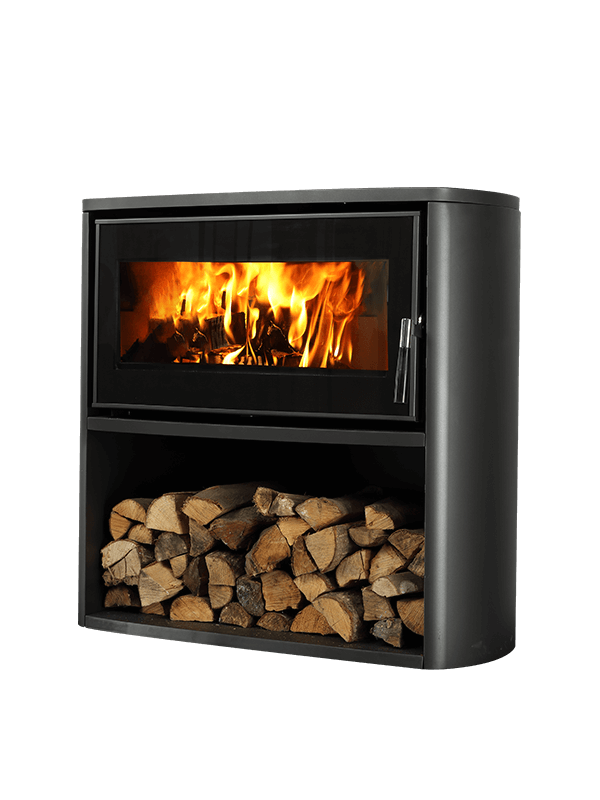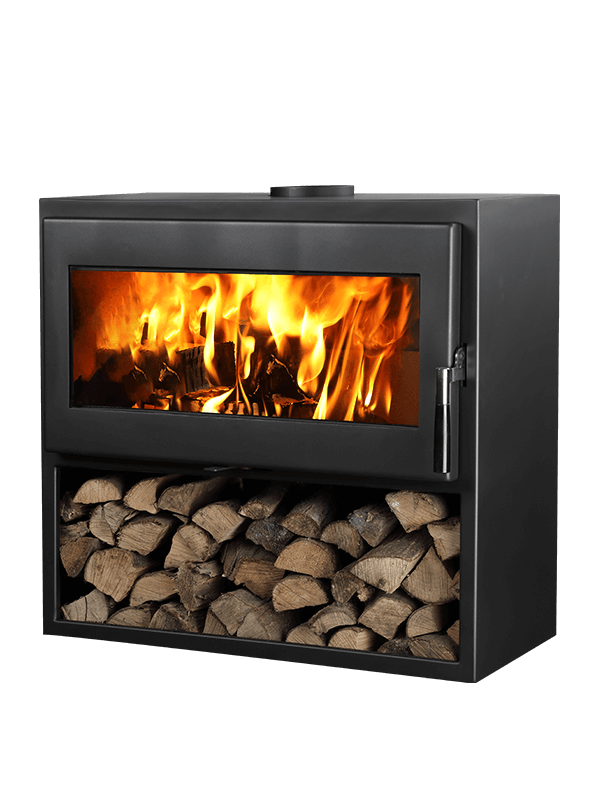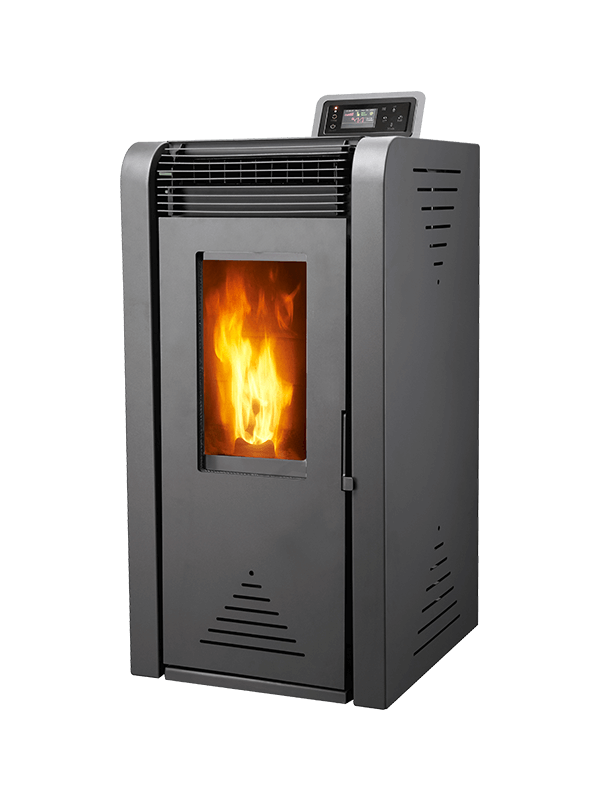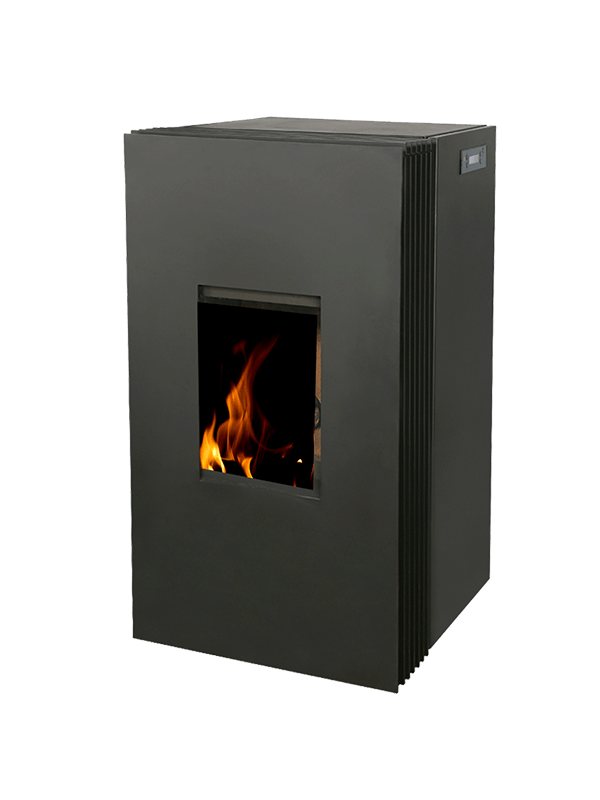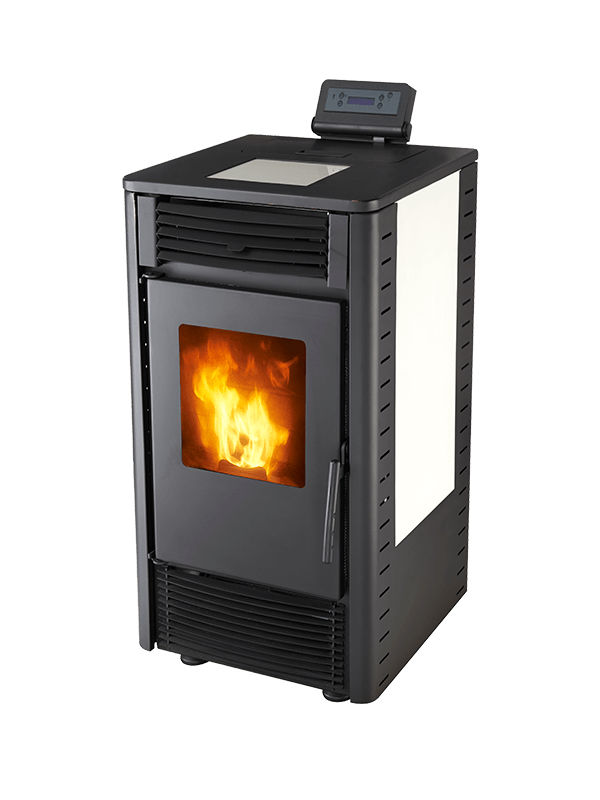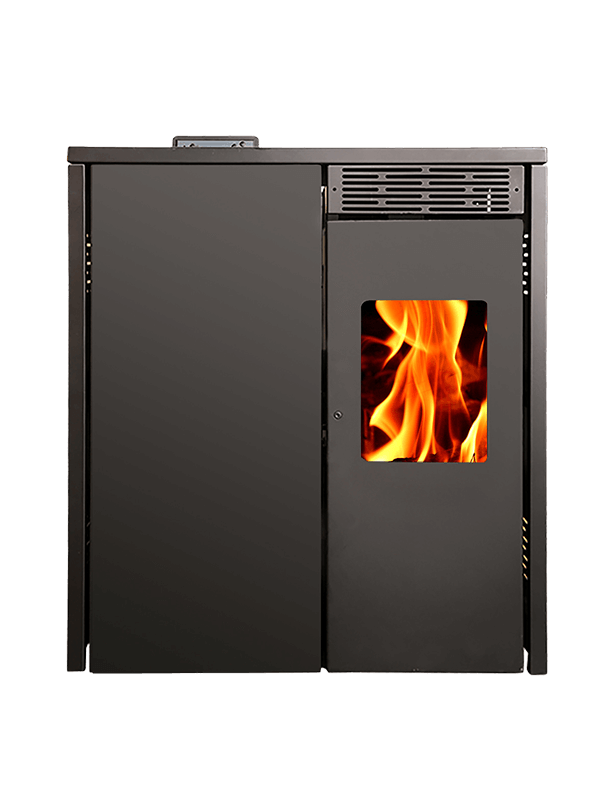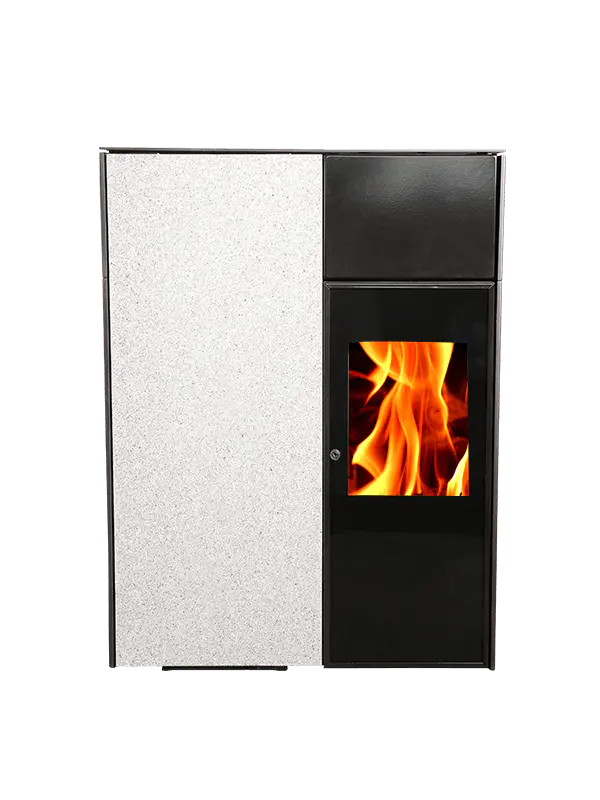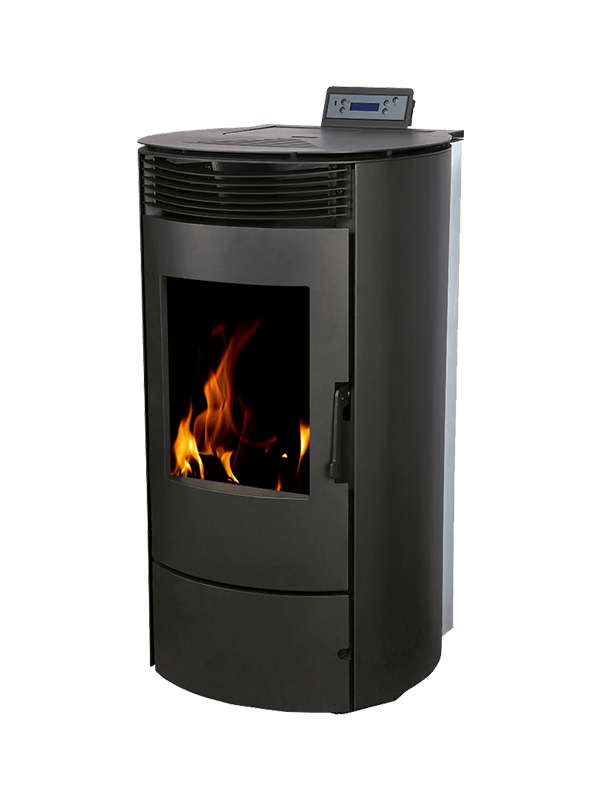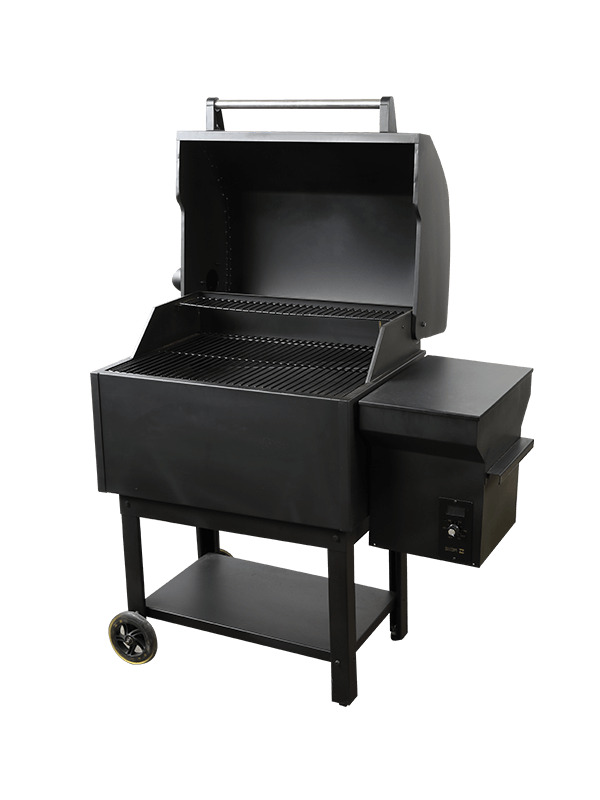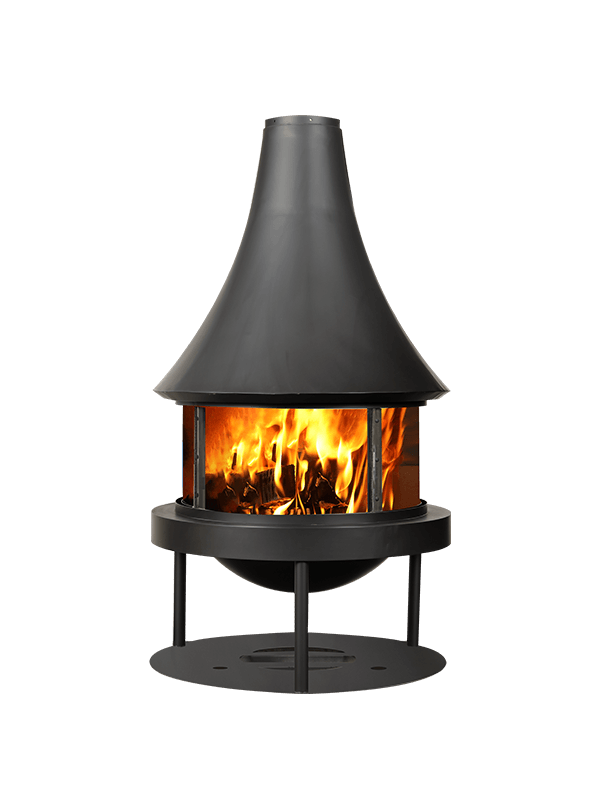How to Select a Wood Stove
If you're in the market for a new wood stove, there are several factors to consider. The first thing to keep in mind is safety. A wood stove shipped LTL freight will usually be partially crated and bolted to a pallet. The shipping company will reinforce the mounting points with padded braces to prevent damage during transit.
Regular maintenance is crucial to keeping your stove safe. Make sure to clean your stove thoroughly after every use to prevent the accumulation of ash. Ash can make it hard to start a fire and cause smoke in the home. You should also make sure you have a variety of fireplace tools on hand, including tongs for moving hot wood logs, a fireplace poker, and an ash scoop.
Lastly, consider the type of wood stove you have. There are two main types of wood stoves: free-standing and fireplace inserts. Free-standing stoves sit several inches off the floor. The wood smoke from a free-standing stove comes out the rear and top of the stove. Stoves with a top-vented chimney have a built-in stovepipe to carry the smoke out of the room.
Whether you want a catalytic or non-catalytic wood stove, it's important to choose the type of fuel your stove will burn. Catalytic stoves require less wood fuel to burn, while non-catalytic stoves need a temperature of around 1,100 degrees to do their job properly. Neither type is completely safe, however, and both types require some level of maintenance.
When selecting a wood stove, the size of your room should be taken into account. A wood stove that is too large will heat the room to an uncomfortable level. Additionally, the placement of the stove is also crucial. It is best to place it in a room that is well-insulated. Avoid placing it in a basement, as these rooms tend to be less insulated.
If your space is more than 1,500 square feet, choose a larger wood stove with a firebox that is at least two cubic feet. A stove with a firebox of two cubic feet will heat about 50,000 BTUs per hour. A smaller wood stove will heat a small room, while a medium one will heat a larger space.
A wood stove's airflow can be controlled with a damper. This restricts or increases the amount of air entering the stove and affects the size of the fire and amount of heat it produces. Some stoves even have baffles to increase the combustion time of fire gases, which is important for the air quality. Wood stoves provide a more efficient means of heating your room than a fireplace.
If you're looking for a wood stove for sale, remember that there are many different manufacturers to choose from. Not all manufacturers are the same, and not all models are of the same quality. Choosing the best brand of wood stove for your needs is essential.
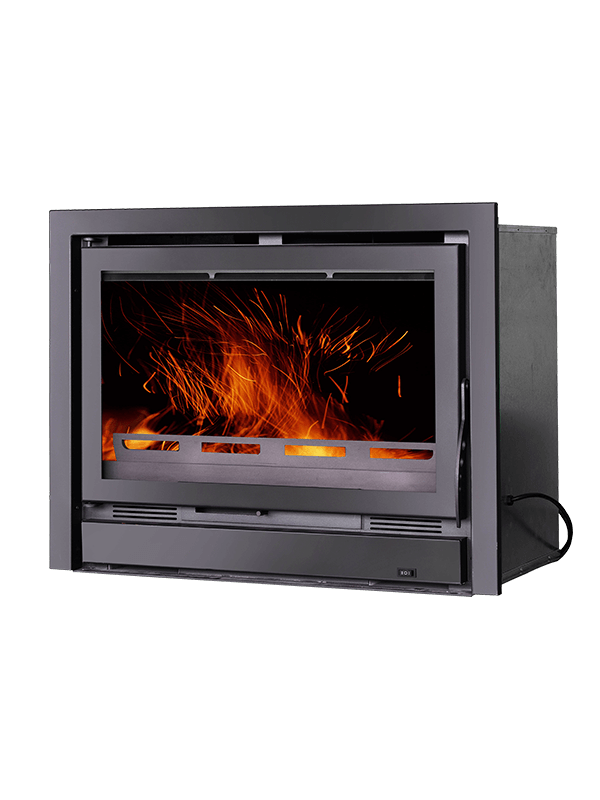
Nominal heat output: 11KW
Heating type: Convection
Fuel: Wood logs
Material: carbon steel, Galvanized steel, ceramic glass(NEG or Schott brand), high temperature resistant paint(Forest brand)
Firebox material: carbon steel
Primary air: Yes
Secondary air: Yes
Ashpan: yes
Hot air blower : Yes
Blower speed adjustable: Yes




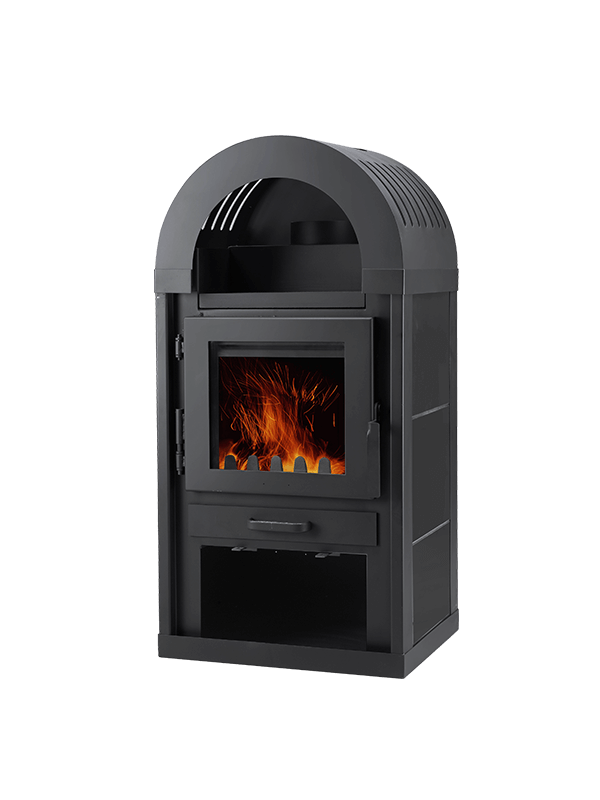
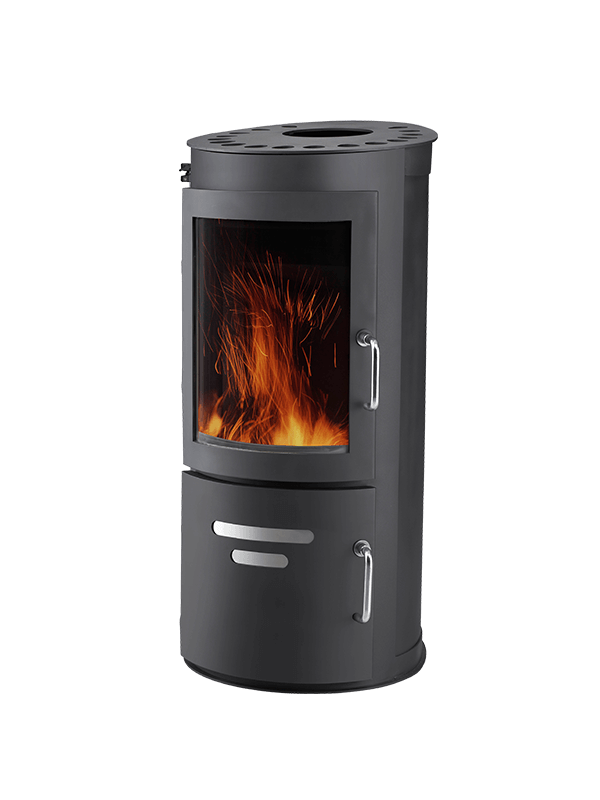
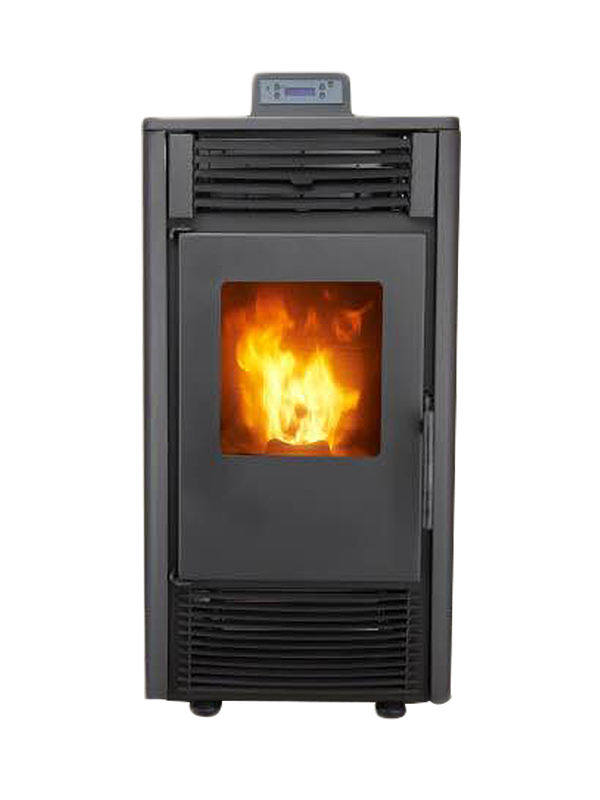
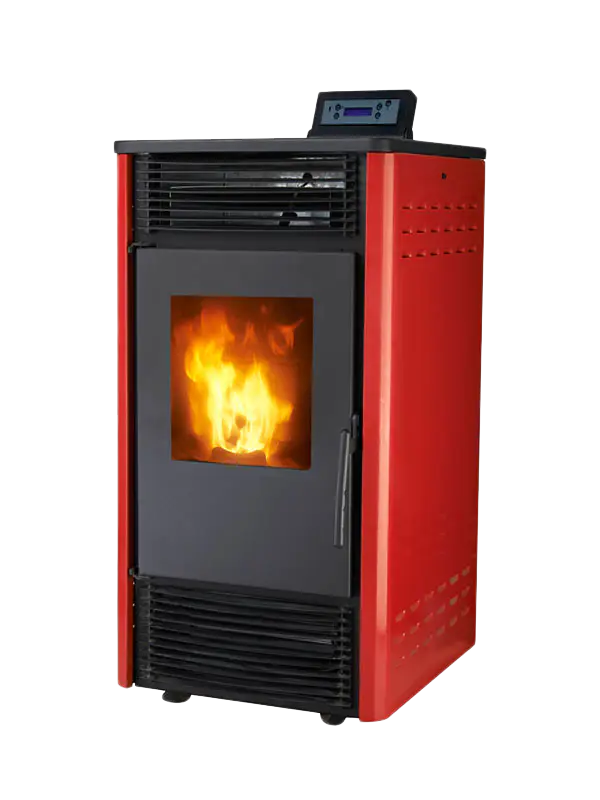
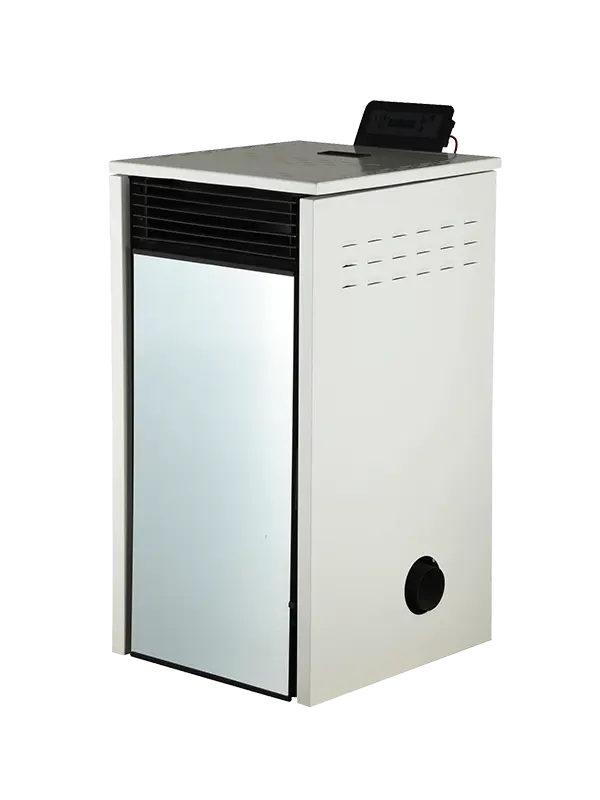
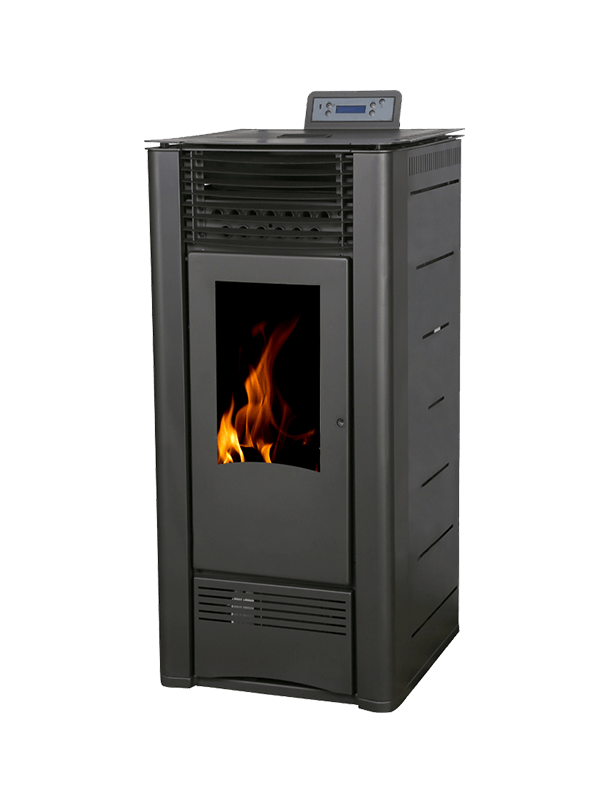
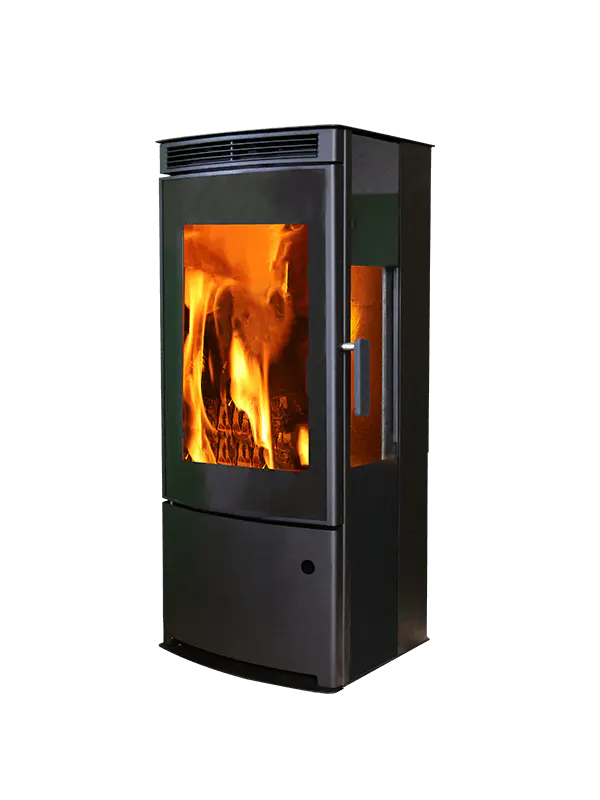
-.png)
